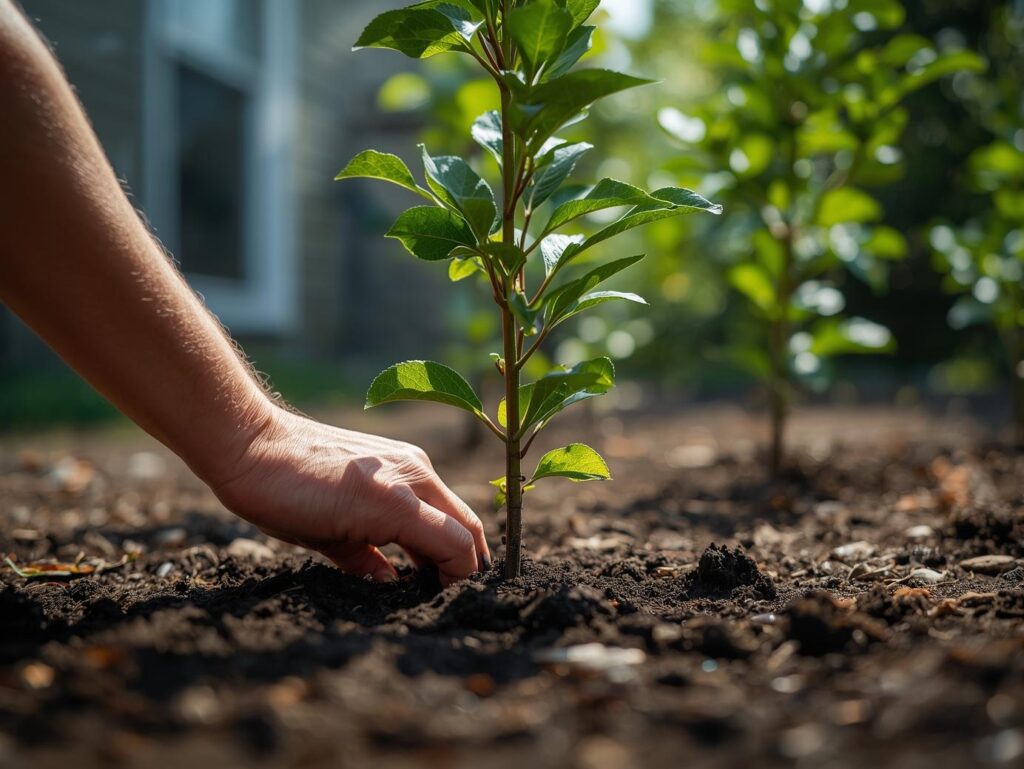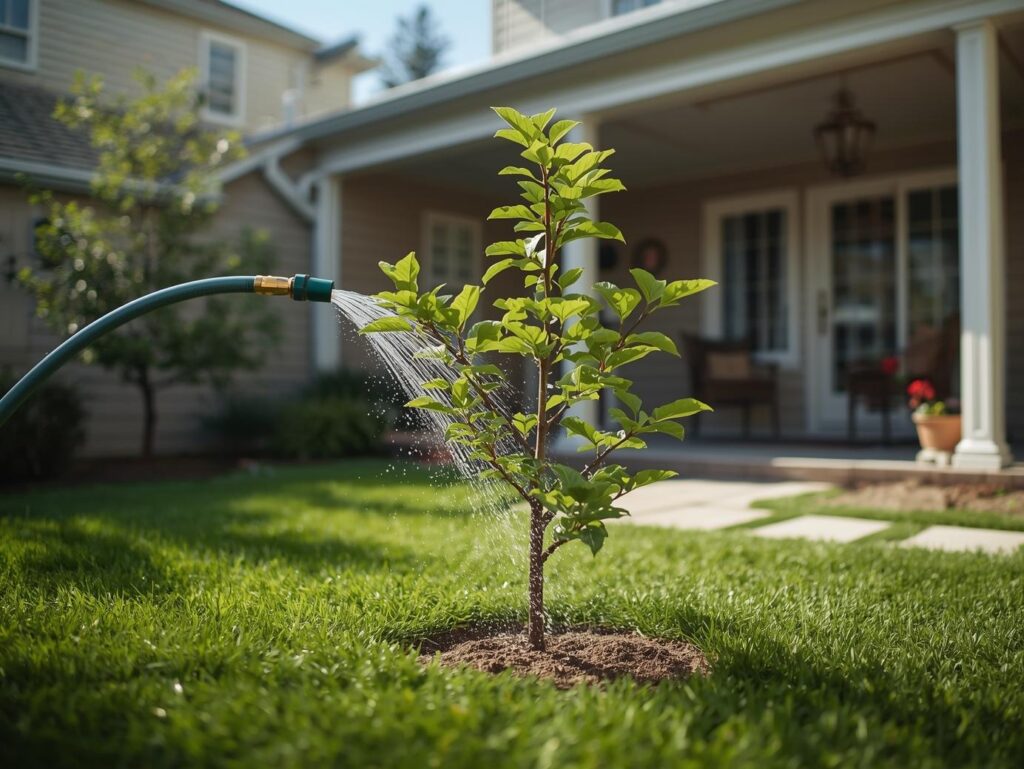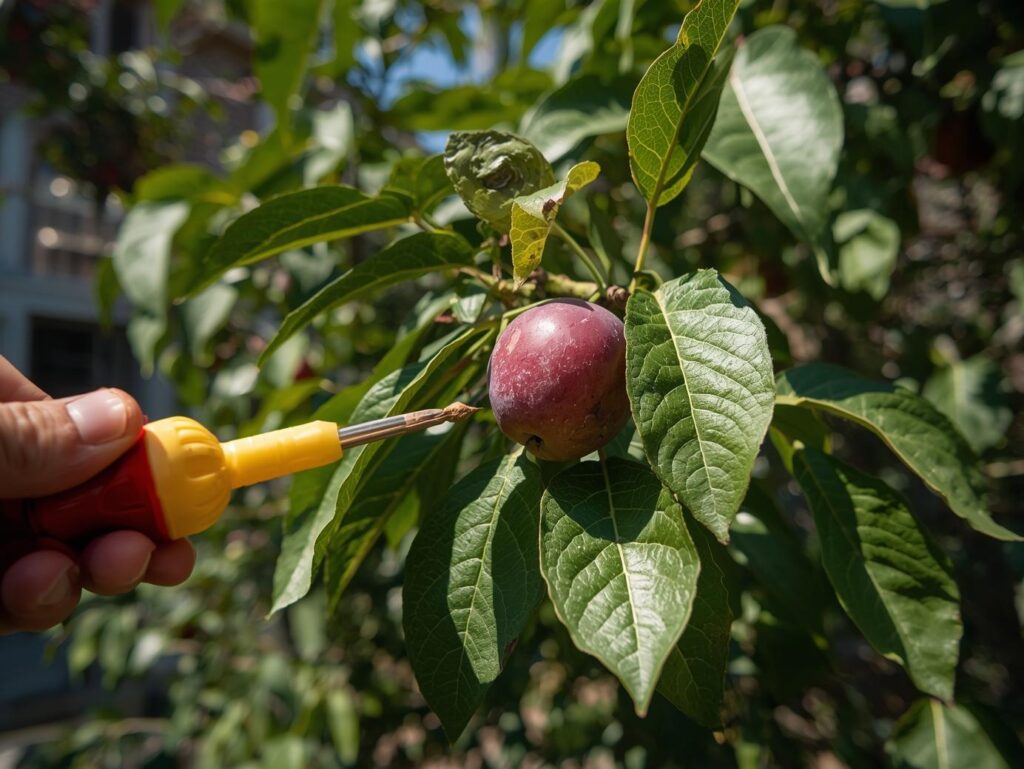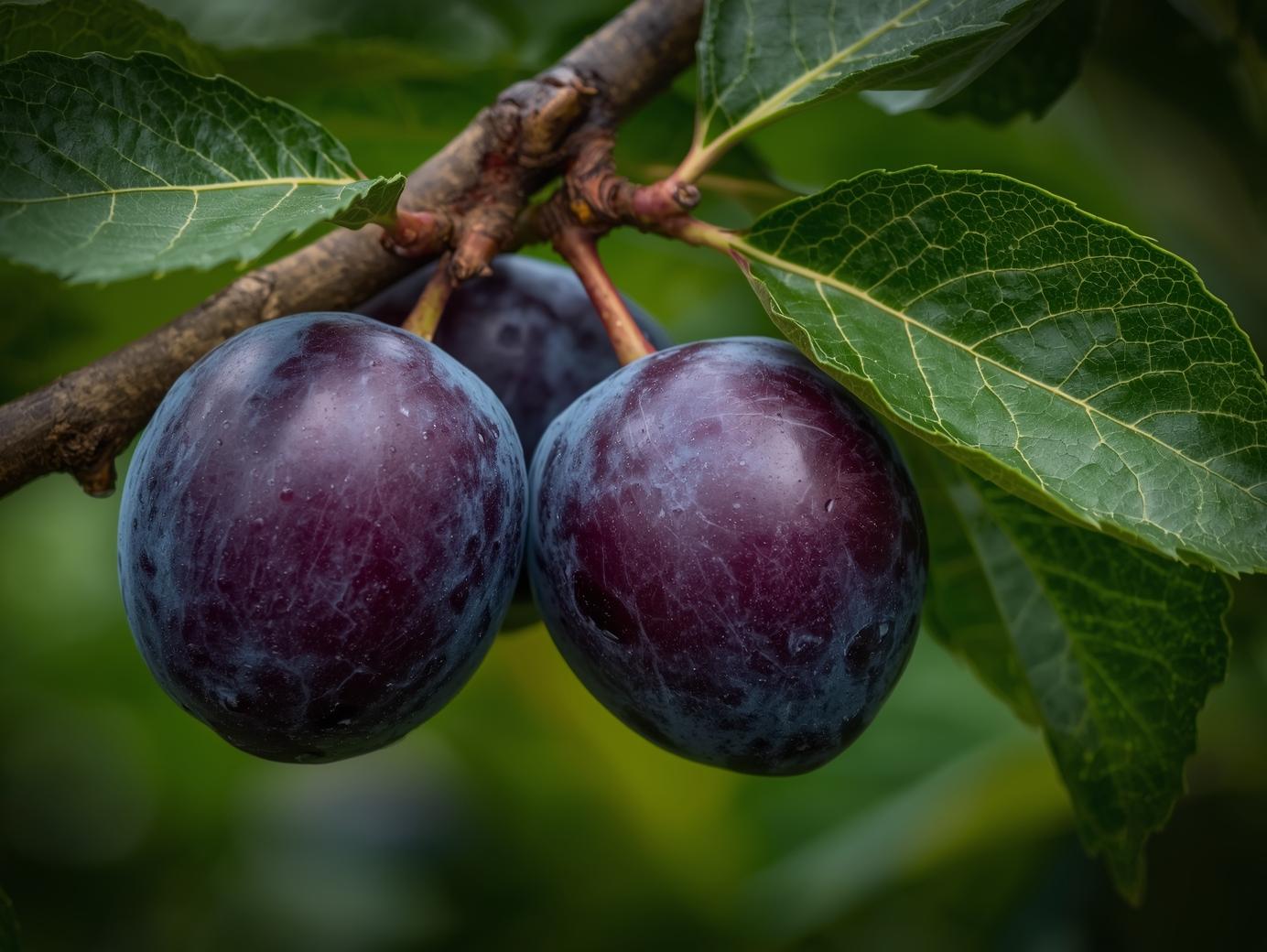Plum trees are a delightful addition to any home courtyard, offering beautiful blossoms in spring and delicious fruit in the summer and fall. Growing plums in the USA requires understanding the specific needs of these trees, from soil conditions to harvesting. Whether you are a beginner or an experienced gardener, this guide will help you cultivate healthy, productive plum trees right in your courtyard.
Soil Selection
The success of plum trees begins with choosing the right soil. Plums thrive best in well-drained loamy soil that retains moisture without becoming waterlogged. A slightly acidic to neutral pH level, typically between 6.0 and 7.0, is ideal for nutrient absorption. Soils that are too heavy, such as clay, may cause poor drainage and root diseases, while overly sandy soils may lack sufficient nutrients and moisture retention.
Before planting, it is beneficial to test your soil to check its pH and nutrient levels. If necessary, amend the soil by incorporating organic matter like compost to improve its fertility and texture. Good soil preparation ensures strong root development and lays a solid foundation for vigorous growth and abundant fruiting of your plum trees.
Site Preparation
Preparing the planting site for plum trees involves careful consideration of sunlight, space, and protection. Plums require full sun exposure, ideally at least six hours a day, to develop strong branches and sweet fruit. Choose a location that also offers some protection from harsh winds, which can damage blossoms and reduce fruit set. Proper spacing between trees is essential to promote good air circulation and reduce the risk of disease.
Before planting, clear the area of weeds and debris that might compete for nutrients and water. Loosen the soil deeply to promote root penetration, and incorporate organic matter to enhance soil structure. Ensuring the site is free from low-lying areas where water may pool will help prevent root rot and other moisture-related problems.
Planting
Planting plum trees at the right time and depth is critical for their establishment and growth. Early spring or late winter, when trees are still dormant, is the optimal planting season in most parts of the USA. When planting, dig a hole that is twice as wide as the root ball but no deeper, allowing roots to spread out comfortably without being buried too deep.

Carefully position the tree in the hole, making sure the graft union (if grafted) is above soil level to avoid rot. Backfill the hole gently with soil, pressing lightly to remove air pockets. Water the tree thoroughly after planting to help settle the soil and provide the moisture necessary for root growth. Mulching around the base helps retain soil moisture and suppresses weeds.
Watering
Proper watering is vital to the health and productivity of plum trees. Newly planted trees need regular, deep watering to encourage roots to grow downward and establish firmly. During the first growing season, it’s important to maintain consistent moisture without overwatering, as soggy soil can lead to root diseases.

Mature plum trees benefit from deep watering during dry spells, particularly when the fruit is developing. Using drip irrigation or slow-soak methods can ensure water reaches the roots effectively without wetting the foliage, which helps reduce disease risk. Monitoring soil moisture and adjusting watering frequency depending on weather conditions is key to sustaining healthy growth.
Fertilizing
Fertilizing plum trees supports their growth, flowering, and fruit production. Applying a balanced fertilizer with nitrogen, phosphorus, and potassium in early spring helps promote leaf development and flower formation. Young trees may require lighter fertilization, while mature trees benefit from regular feeding throughout the growing season.
It’s also important to supplement with micronutrients such as magnesium and calcium to maintain overall tree health and fruit quality. Avoid over-fertilizing, especially with nitrogen, as excessive foliage growth can reduce fruiting. Following soil test recommendations can help optimize fertilizer use for your specific soil and tree needs.
Pruning and Training
Pruning plum trees encourages a strong structure, enhances sunlight penetration, and improves airflow, all of which contribute to healthy growth and better fruit yield. The best time to prune is late winter or early spring, before bud break. Remove dead, diseased, or crossing branches to maintain the tree’s shape and vitality.
Training young trees to develop a sturdy framework is essential, particularly in a courtyard setting where space might be limited. Open-center or vase-shaped pruning methods allow light to reach the inner branches, fostering fruit production. Consistent pruning also helps manage the tree’s size and simplifies harvesting.
Pest and Disease Control
Plum trees are susceptible to pests such as aphids, plum curculio, and scale insects, which can damage leaves and fruit. Regular inspection and early detection are crucial for managing these pests effectively. Natural predators, horticultural oils, or approved insecticides can be used to keep infestations under control.

Diseases like brown rot, bacterial spot, and leaf curl pose challenges to plum growers. Preventive cultural practices such as proper pruning, adequate spacing, and avoiding overhead irrigation help reduce disease risk. Removing fallen leaves and infected fruit promptly also minimizes sources of infection for the next season.
Fruiting and Harvest
Plum trees generally begin to bear fruit within two to four years after planting, depending on the variety and growing conditions. Fruit maturity is signaled by a change in color and softness, usually in late summer or early fall. Harvesting at the right time ensures the best flavor and juiciness, so it’s important to monitor the fruit closely.
Plums should be picked gently to avoid bruising and damage. Using pruning shears or carefully twisting the fruit from the branch helps maintain the tree’s productivity. Regular harvesting also encourages the tree to continue producing fruit throughout the season, providing a steady supply of fresh, homegrown plums.
